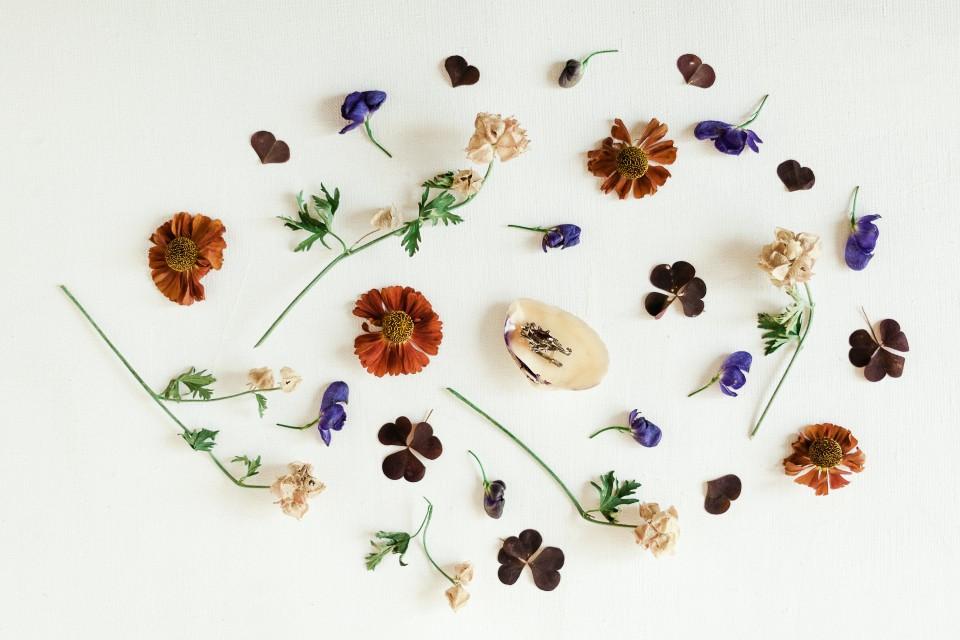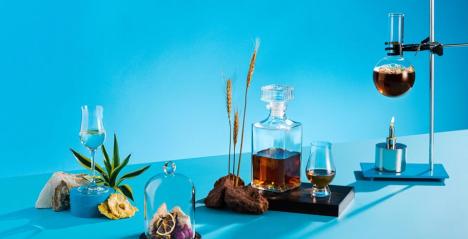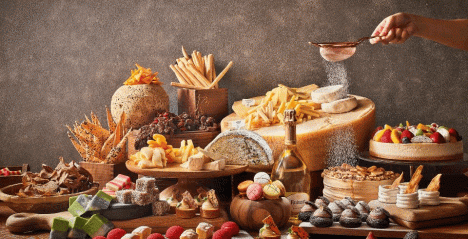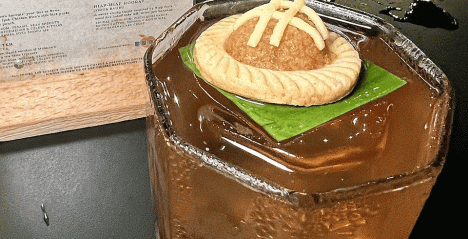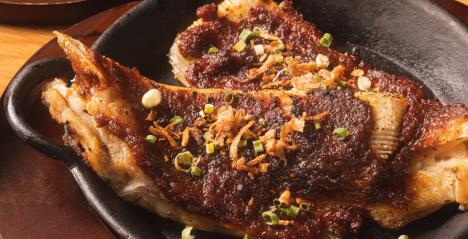Together, we will examine what constitutes a botanical, how to use them in a variety of cocktail recipes, and how blending Wildlane Tea with the seasonal changes can enhance your mixology abilities. Discover which botanicals are most in vogue, how to incorporate them into creative cocktails, who likes to drink them, and how to combine botanicals with other beverages to make delightful and invigorating takes on traditional favourites.
Whether you are a novice or an experienced mixologist, you will also learn how to incorporate the elegance and flavour of botanicals into your concoctions.
Botanicals! Let's get to the bottom of this, shall we? They're made from plants and used in many ways, including cooking, medicine, and the cocktail scene. John Gordon, co-founder of Expat Choice, recently met with the Australian-made Wildlane Tea research team in Sydney to talk about the popularity of its plant. Botanicals are highly prized in the art of mixology for the depth of flavour, aroma, and personality they can lend to a drink. They come in many forms, from herbs and spices to fruits and flowers, and are essential for making original and tasty drinks.
Favourite Herbal Supplements
"Juniper berries are the main component of gin and are responsible for its signature lemony and piney taste," says Judy, the founder of Wildlane Tea Team. One such cocktail is the Gin and Tonic. Drinks like the Lavender Lemonade and the Lavender Martini benefit greatly from the addition of lavender, which is known for its fragrant, flowery undertones. Mint is well-known for its cooling characteristics, which is why it is included in popular cocktails like the Mojito and classic drinks like the Mint Julep. Cucumber: The Cucumber Collins and even a simple Cucumber Gin Cooler benefit from the refreshing flavour of cucumber.
Botanically Informed Cocktails
The use of botanicals in mixed drinks can take several forms. Flavouring alcohol with plant material is called an infusion. Fruit slices or fresh herbs are two examples of garnishes that can enhance both the visual appeal and the flavour of a drink. Creating herbal syrups for use in drinks By using botanical ingredients to create bitters, cocktails can gain depth and complexity.
Perfect Herbs for The Season
Summertime calls for lemon, basil, and thyme. Pumpkin spice, nutmeg, and nutmeg in the winter Nutmeg, cranberries, and rosemary—three wintertime essentials Springtime is the time for elderflower, strawberry, and mint.
The Rising Popularity of Herbal Beverages
Botanical drinks' rising popularity can be attributed to the distinctive and refreshing flavours they offer. Craft drinks are often associated with them, and they serve a diverse clientele. These beverages are perfect for those who are always looking to expand their palate.
Botanical cocktails are popular among a wide range of people, from young people with exploratory palates to drink culture lovers to those who simply like the herbal and natural ingredients. The alcohol-free movement has opened the door to a larger audience for the many botanical beverages that contain no alcohol.
How To Include Herbs and Spices in Drinks
Botanicals are versatile and can be used in both hot and cold non-alcoholic beverages. For instance, alcoholic tea cocktails benefit greatly from the addition of loose-leaf tea with herbal infusions. Alternatives to the classic Earl Grey Martini include herbal tea spritzers and gin that has been blended with Earl Grey.

